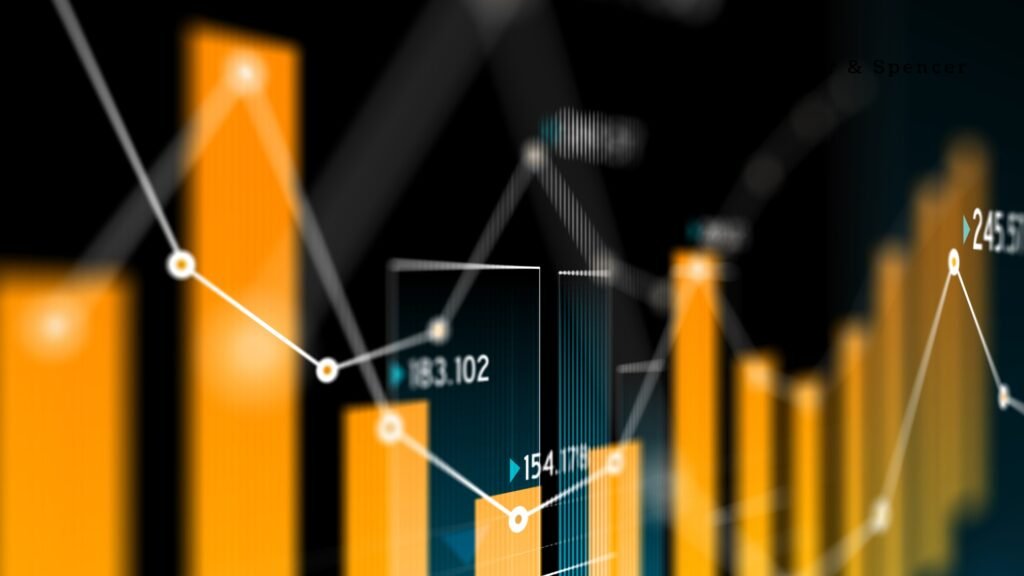Imagine you’re running a bakery in a bustling city neighborhood. For years, you’ve relied on your instincts to decide which pastries to bake each morning. Some days, you sell out by noon. Other days, trays of muffins sit untouched. You start wondering: What if I could predict exactly what my customers want and when they’ll want it?
That’s the magic of data. It’s not some abstract concept or complicated technology—it’s a tool that tells the stories hidden in the numbers, waiting to guide your next move. Let’s step into this world where data isn’t just numbers on a screen but a trusted partner in decision-making.
The Moment of Realization
One rainy Tuesday, a customer named Sara walks into your bakery. She orders a slice of carrot cake—your best-seller—and chats about how much her office colleagues love it. “You know,” she says, “if you had a gluten-free version, you’d sell twice as many.”
You’ve heard whispers like this before, but you’ve never paid them much attention. Yet Sara’s words stick with you. That evening, you sit down with your notebook and start jotting down ideas: How many of my customers might want gluten-free options? Which pastries sell out fastest? What time of day is the busiest?
What you’re doing, without realizing it, is starting your journey into the world of data.
Finding Patterns in the Noise
Curious, you begin keeping track of every sale for a month. It’s tedious, but the results astonish you. The data reveals patterns you’d never noticed:
- Your chocolate croissants always sell out before 10 a.m. on weekends.
- Lemon tarts are popular on sunny afternoons.
- Customers rarely buy cookies on weekdays, but they fly off the shelves on Friday evenings.
It’s like discovering a map of your bakery’s rhythm. You realize you’ve been baking based on habit, not on what people actually want. And it doesn’t stop there.
One night, you compare weather forecasts with your sales numbers. Sure enough, rainy days bring in more coffee orders, while hot, sunny days spike demand for cold drinks and fruit tarts. It’s not just patterns—it’s a blueprint for the future.
A Bakery Transformed by Data
Armed with these insights, you make small but impactful changes. On weekends, you bake double the usual amount of chocolate croissants. You introduce gluten-free carrot cake and watch as it becomes an instant hit. You even start offering discounts on cookies on Friday afternoons, turning a slow day into a sales boom.
Customers notice. “You always seem to have exactly what I’m craving,” one says. Another asks, “How do you know I was coming in for a lemon tart today?”
The truth is, you’re listening—not just to words, but to the story your data tells. It’s like having a sixth sense, one that guides your decisions with confidence and precision.
The Bigger Picture
Your bakery is thriving, but you start to wonder: What if I could apply this same thinking to other parts of the business? You look into inventory management and discover that tracking ingredient usage helps you cut waste and save money. You explore online sales data and realize your website visitors love ordering gift boxes—so you promote them more heavily during holidays.
The bakery isn’t just a bakery anymore; it’s a data-powered enterprise. And the best part? The insights you uncover don’t just help you. They create better experiences for your customers, who feel like every pastry, every special, and every promotion is tailor-made for them.
The Human Touch in a Data-Driven World
Here’s the thing: using data doesn’t mean losing the human touch. In fact, it’s the opposite. Data helps you see your customers more clearly—their habits, preferences, and needs. It empowers you to serve them better, whether you’re running a bakery, managing a clothing store, or leading a tech company.
Remember Sara, the customer who planted the gluten-free idea? She’s now one of your most loyal patrons, often bringing her friends along. One day, she smiles and says, “It’s like you always know exactly what we want.”
You smile back, knowing that behind every decision—whether it’s adding gluten-free options, adjusting your hours, or experimenting with new recipes—there’s a story your data told you.
Your Story, Your Data
The journey of your bakery is just one example of how businesses can harness data to transform not just their operations but their relationships with customers. Whether you’re a small shop or a global corporation, the principles are the same: listen to the numbers, uncover the stories, and make decisions that feel intuitive, almost magical.
So, the next time you face a tough choice, think about the data you already have. Somewhere in those numbers, a story is waiting to be told—and it just might change everything.

